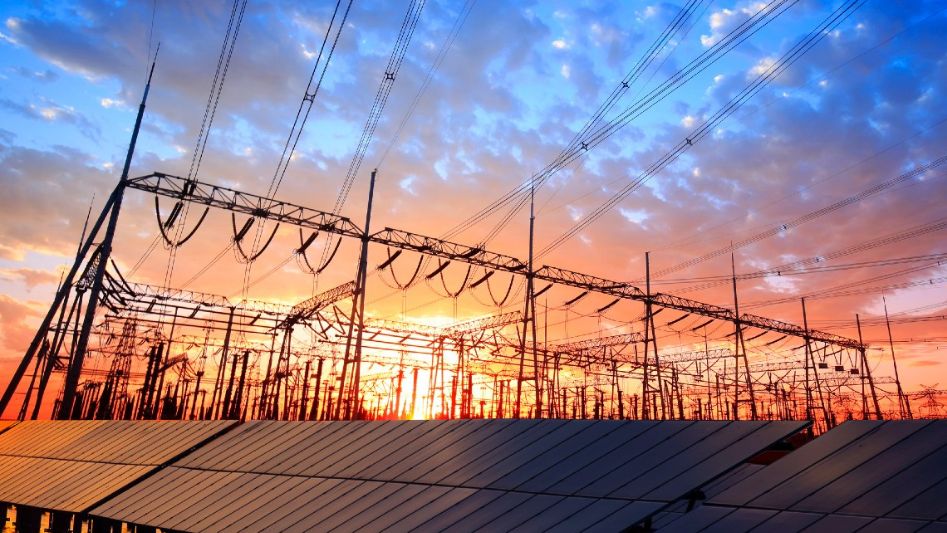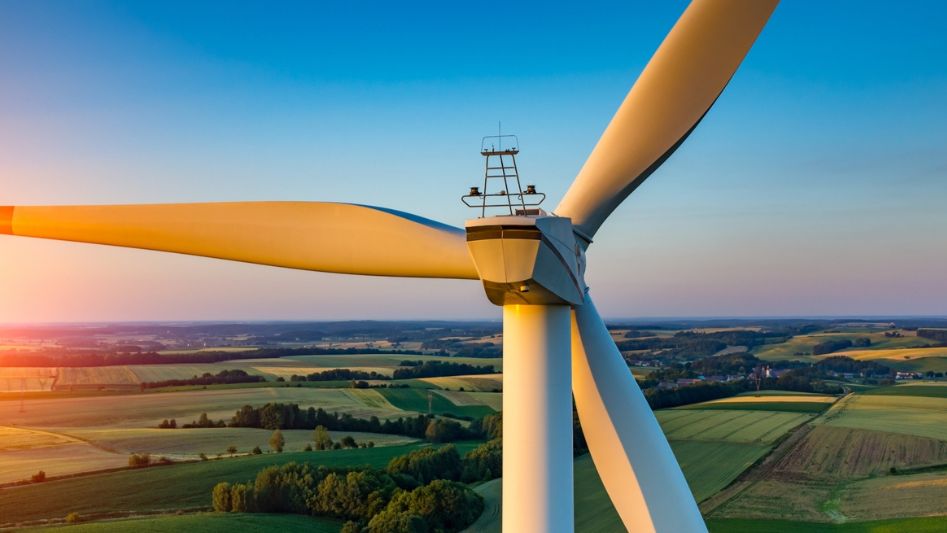The effects of climate change are becoming more apparent each day, from wildfires and hurricanes to heat waves and droughts. The use of fossil fuels for energy generation is a significant contributor to the increase in greenhouse gas emissions that drive climate change. In this article, we will explore the role of green energy in mitigating the impact of climate change.
Table of Contents

Green Energy Sources
Green energy sources are those that do not emit greenhouse gases or other harmful pollutants. Examples of green energy sources include solar power, wind power, hydropower, geothermal energy, and biomass energy. These sources of energy are renewable, meaning they are naturally replenished and do not deplete finite resources.
Benefits of Green Energy
The adoption of green energy sources has several benefits, including:
Reduced greenhouse gas emissions
Green energy sources do not emit greenhouse gases, which are responsible for climate change.
Improved air quality
Green energy sources do not produce harmful pollutants like particulate matter and nitrogen oxides, which can lead to respiratory problems and other health issues.
Job creation
The transition to green energy sources can create new jobs in the manufacturing, installation, and maintenance of renewable energy infrastructure.
Energy independence
Green energy sources can help reduce dependence on fossil fuels imported from other countries, improving national energy security.

Challenges of Green Energy
While green energy sources have many benefits, there are also challenges to their adoption, including:
Cost
The upfront costs of installing renewable energy infrastructure can be high, although the long-term benefits often outweigh the initial investment.
Intermittency
Some green energy sources, like wind and solar power, are intermittent, meaning they do not generate power consistently. Energy storage solutions, such as batteries, can help mitigate this challenge.
Infrastructure
The infrastructure required to generate and distribute green energy is not yet as developed as that of traditional energy sources, which can make it more challenging to integrate into existing power grids.

Conclusion
Green energy sources have the potential to play a significant role in mitigating the impact of climate change. While there are challenges to their adoption, the benefits of reducing greenhouse gas emissions, improving air quality, creating jobs, and improving energy security make the transition to green energy a worthwhile investment for the future of our planet.
FAQ
How does green energy help mitigate the impact of climate change?
Green energy sources do not emit greenhouse gases, which are responsible for climate change. By transitioning to green energy sources, we can reduce our reliance on fossil fuels and reduce our overall greenhouse gas emissions.
What can individuals do to support the transition to green energy?
Individuals can support the transition to green energy by choosing renewable energy sources for their homes, vehicles, and businesses, and advocating for government policies that encourage the adoption of green energy sources.
What are some examples of countries that have successfully transitioned to green energy?
Some countries that have successfully transitioned to green energy include Denmark, Iceland, and Costa Rica. These countries have invested heavily in renewable energy infrastructure and have implemented policies to encourage the adoption of green energy sources.
How can green energy help address energy poverty?
Green energy sources can help address energy poverty by providing access to affordable and reliable energy to communities that may not have access to traditional energy sources. For example, solar panels can be installed in remote areas to provide electricity to households and businesses.
What role do businesses play in the transition to green energy?
Businesses can play a significant role in the transition to green energy by investing in renewable energy infrastructure, adopting green energy sources for their operations, and advocating for policies that support the adoption of green energy sources.
You May Also Like
- CARBON CAPTURE AND STORAGE: A PROMISING METHOD IN THE FIGHT AGAINST CLIMATE CHANGE
- 5 CREATIVE IDEAS FOR COMBATING CLIMATE CHANGE IN YOUR COMMUNITY
- COOLING AND CLIMATE CHANGE: A VICIOUS CYCLE
- THE RISE OF DUNG-POWERED TRACTORS: A GAME-CHANGER FOR AGRICULTURE
- WHY GREEN BOND MARKET IS THE SOLUTION TO CLIMATE CRISIS?
